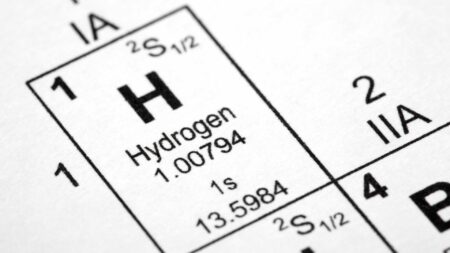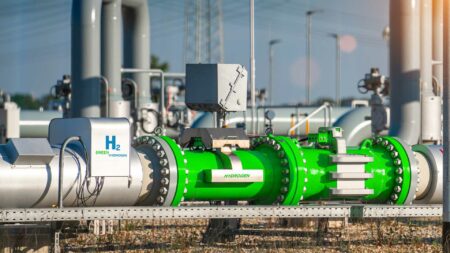New investments in clean hydrogen and carbon capture technologies are set to create around 2,500 jobs, support Australian industry and manufacturing into the future and further drive down Australia’s emissions.
The Morrison Government’s 2021-22 Budget will invest a further $539.2 million in new clean hydrogen, carbon capture, use and storage (CCS/CCUS) projects that will support Australian industry, create jobs, help cut emissions and drive investment.
$275.5 million to accelerate the development of four additional clean hydrogen hubs in regional Australia and implement a clean hydrogen certification scheme.
$263.7 million to support the development of CCS/CCUS projects and hubs.
Prime Minister Scott Morrison said the world was changing rapidly and Australia will need to be competitive in a new energy economy to support the jobs of Australians, especially in our heavy industries and regional areas that depend on affordable and reliable energy.
“It is essential we position Australia to succeed by investing now in the technologies that will support our industries into the future, with lower emissions energy that can support Australian jobs.
“There is a strong appetite from business for the new emissions reduction technologies that they know will be needed to run their operations and keep employing Australians and grow jobs for the future.
“World-leading projects like these are about cutting emissions and creating jobs. We want to make clean energy more affordable and reliable, while looking for ways our investments can get more people into work.
“We cannot pretend the world is not changing. If we do, we run the risk of stranding jobs in this country, especially in regional areas.
“Australia can and will continue to meet and beat our emissions reduction commitments, while protecting and growing jobs, by commercialising low emissions technologies like hydrogen and CCS/CCUS, that can support our industries and critical economic sectors. And when we commercialise those technologies, they also create new jobs.
“Low emissions industries mean more jobs directly for workers, but also cheaper energy means lower costs to businesses that they can reinvest in hiring more people.
“Our technology-first approach will see Australia achieve its emissions reduction goals while continuing to grow our export industries and also supporting our trading partners’ efforts to decarbonise.”
Scott Morrison, Prime Minister.
Minister for Energy and Emissions Reduction Angus Taylor said the Government was backing practical, technological solutions to reduce emissions, not big new taxes.
“We are backing technology to meet our 2030 target and get to net zero. The Government’s investment will reduce technical and commercial barriers to deploying these technologies. It will encourage new large-scale investment from the private sector, creating jobs and supporting Australia’s economic recovery, particularly in regional areas.
“It’s a tangible example of our commitment to being a low emissions technology leader and reducing emissions through technology not taxes, or imposing costs on households, businesses or the economy.
“Australia’s potential to supply our trading partners with low cost, clean energy and permanently and safely store emissions underground has our trading partners, including Japan, South Korea and Singapore excited.”
Angus Taylor, Minister for Energy and Emissions Reduction.
The Government is actively pursuing opportunities to collaborate on low emissions technologies with Germany, Japan, Singapore, South Korea, the United Kingdom and the United States.
Australia’s Technology Investment Roadmap is a plan to create jobs, cut energy costs and reduce emissions.
The Roadmap will guide $18 billion of Government investment over the next 10 years and drive at least $70 billion of total new investment in low emissions technologies in Australia by 2030. Our plan will support 130,000 jobs by 2030 and avoid in the order of 250 million tonnes of emissions by 2040.
Investing in low emissions technologies will contribute to Australia’s continued success in meeting and beating our emissions reduction targets. Australia beat its 2020 target by 459 million tonnes and we are on track to meet and beat our 26-28 per cent 2030 Paris target.








